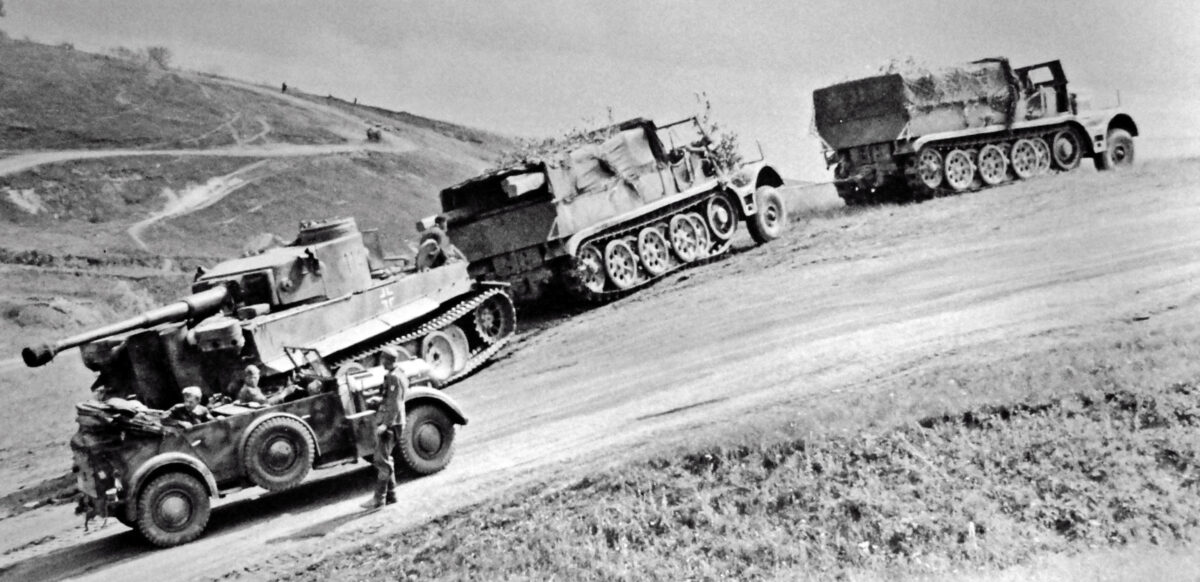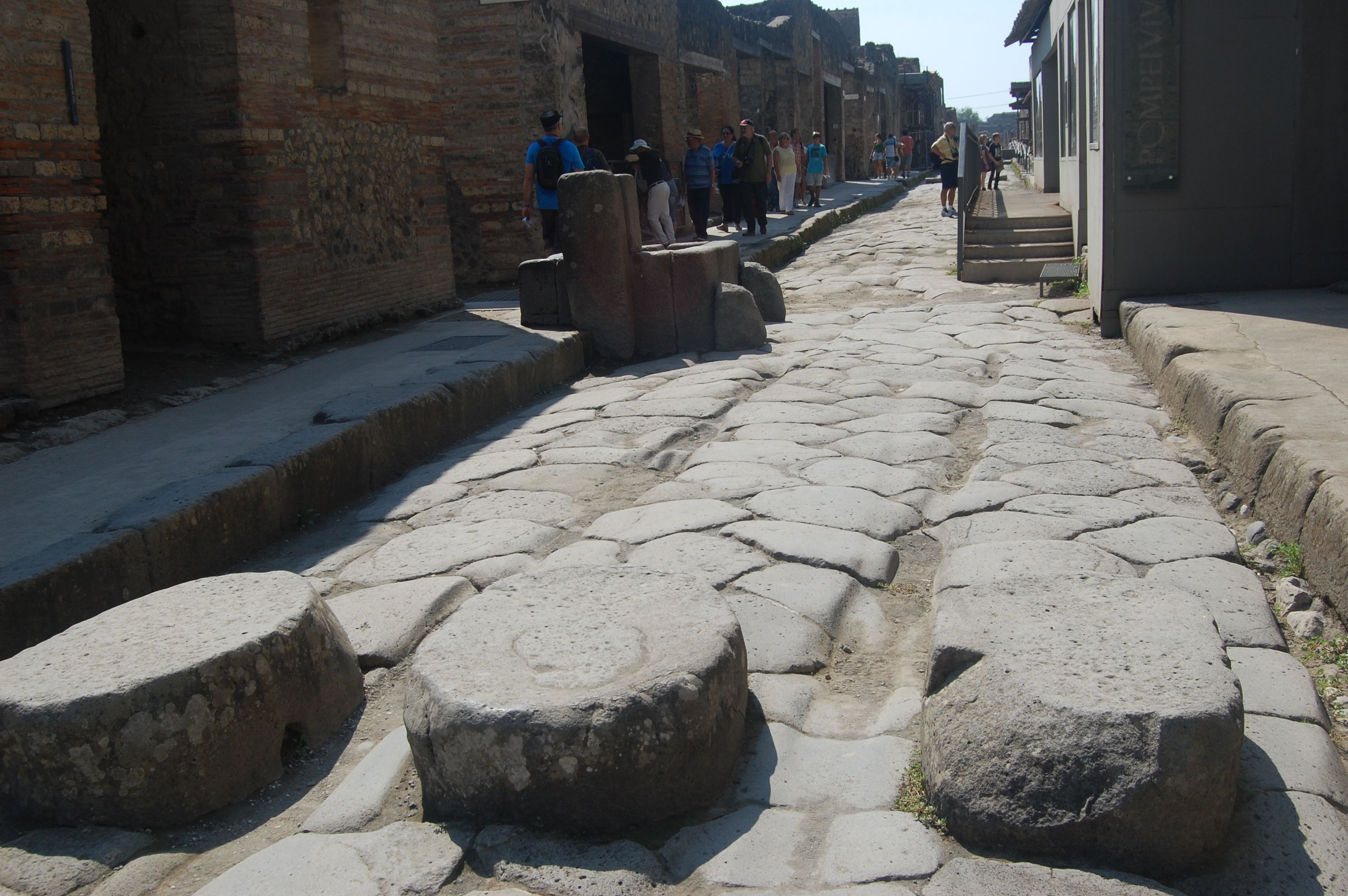- Reaction score
- 16,698
- Points
- 1,160
Time for NATO or the West to create and pay for a Gurhka Battalion to augment our lack of infantry. Perhaps a "Foreign legion" of Westerners to operate specialist equipment including TD, ATGM, ADA.

Colin P said:Time for NATO or the West to create and pay for a Gurhka Battalion to augment our lack of infantry. Perhaps a "Foreign legion" of Westerners to operate specialist equipment including TD, ATGM, ADA.
Colin P said:Until you try it. Having spent a number of years working on SRN 6 Hovercraft, anything that hovers on the ground will find a slight slope and slide that way and is a utter ***** to move when it does, because it's managed to slide right between two things that prevent it from going downslope, front or back.
Shrek1985 said:Ahem. Rail Gauge. Follow that where it takes you.
Shrek1985 said:Ahem. Rail Gauge. Follow that where it takes you.



Shrek1985 said:Ahem. Rail Gauge. Follow that where it takes you.
NavyShooter said:And for those concerned about rail movement...consider this somewhat historic tale:
https://dwanethomas.com/roman-chariots-and-the-space-shuttle/

Colin P said:The Tiger 1 was the upper limit of what the Germans could effectively recover, it took 4 halftracks to recover a Tiger II, if at all. So it's not only a case of the infrastructure in theatre, but the ability to recover your own vehicles.

NavyShooter said:And for those concerned about rail movement...consider this somewhat historic tale:
https://dwanethomas.com/roman-chariots-and-the-space-shuttle/
Retired AF Guy said:The problem with this theory is that the Romans never used war chariots. If they did use chariots it was primarily for ceremonial purposes.

The Laws of the Twelve Tables, dated to about 450 BC, required that any public road (Latin via) be 8 Roman feet (perhaps about 2.37 m) wide where straight and twice that width where curved. These were probably the minimum widths for a via; in the later Republic, widths of around 12 Roman feet were common for public roads in rural regions, permitting the passing of two carts of standard (4 foot) width without interference to pedestrian traffic.[11] Actual practices varied from this standard.
A popular legend that has been around since at least 1937[7] traces the origin of the 1,435 mm (4 ft 8 1⁄2 in) gauge even further back than the coalfields of northern England, pointing to the evidence of rutted roads marked by chariot wheels dating from the Roman Empire.[a][8] It is curious that the Roman pace or passus was 4.855 ft or 1435 mm; a thousand such was one Roman mile. Snopes categorised this legend as "false", but commented that "it is perhaps more fairly labelled as 'True, but for trivial and unremarkable reasons'".[9] The historical tendency to place the wheels of horse-drawn vehicles approximately 5 ft (1,524 mm) apart probably derives from the width needed to fit a carthorse in between the shafts.[9] In addition, while road-travelling vehicles are typically measured from the outermost portions of the wheel rims (and there is some evidence that the first railways were measured in this way as well),[citation needed] it became apparent that for vehicles travelling on rails it was better to have the wheel flanges located inside the rails, and thus the distance measured on the inside of the wheels (and, by extension, the inside faces of the rail heads) was the important one.
